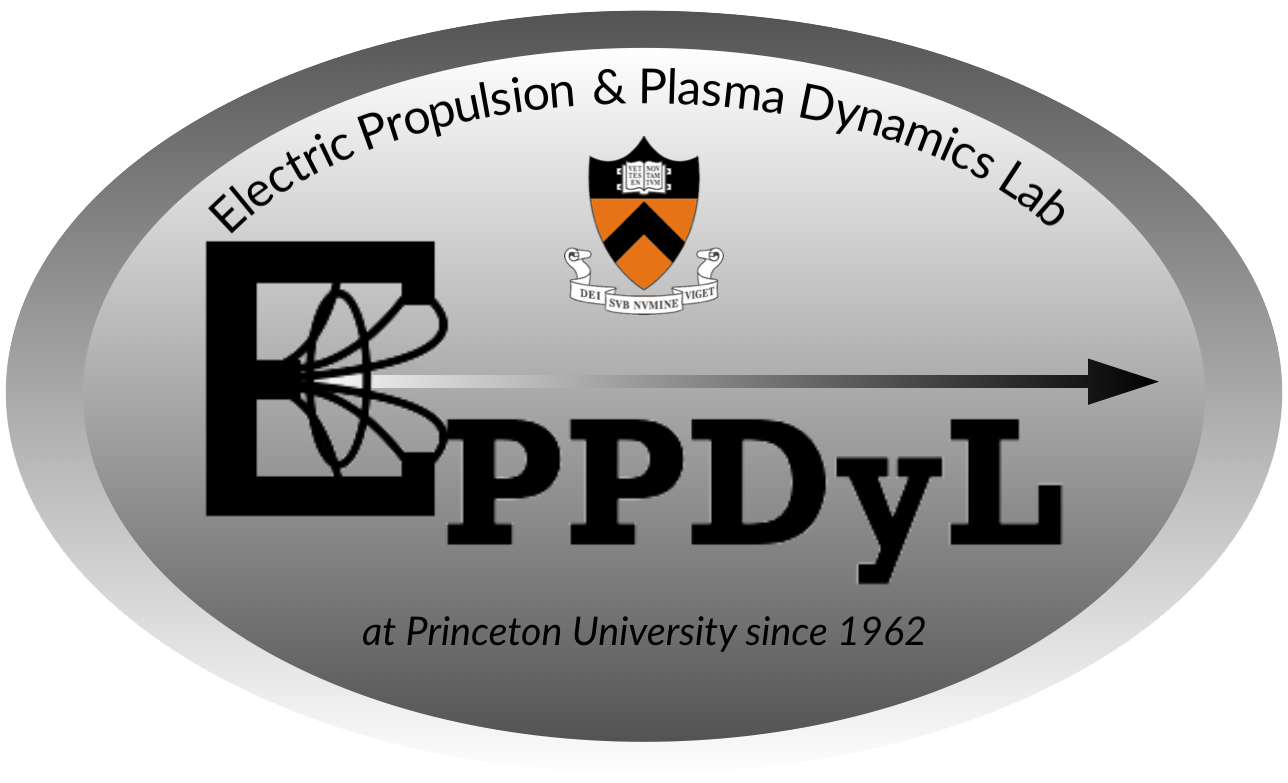A Direct Wave-Drive Thruster using the Magnetosonic Mode
Download
A Direct Wave-Drive Thruster using the Magnetosonic Mode
Abstract
The generalized relations for the scaling of thrust and efficiency are derived for a Direct Wave-Drive Thruster (DWDT), and the magnetosonic wave is proposed as an ideal candidate for driving a DWDT. The magnetosonic wave is shown to be capable of carrying substantial momentum while remaining linear, which prevents potential coupling losses from the wave-launching antenna. The thrust coefficient for a magnetosonic mode driven DWDT is then calculated, which shows that optimal antenna-plasma coupling occurs when the characteristic wavelength of the magnetosonic wave is smaller than the length scale of the thruster. The propagation of the magnetosonic wave in the exhaust plume is analyzed with ray optics to determine the overall plasma structure in a wave-dominated thruster. By including mass continuity, the plasma is found to maintain a constant impedance as the background magnetic field decays. This process allows the wave to propagate without reflection until it can be absorbed at the lower hybrid resonance. An anisotropic Peclet number comparing wave-driven mass advection to cross-field diffusion wall losses is then derived, which shows that a wave-dominated accelerator can be achieved for low power levels.
